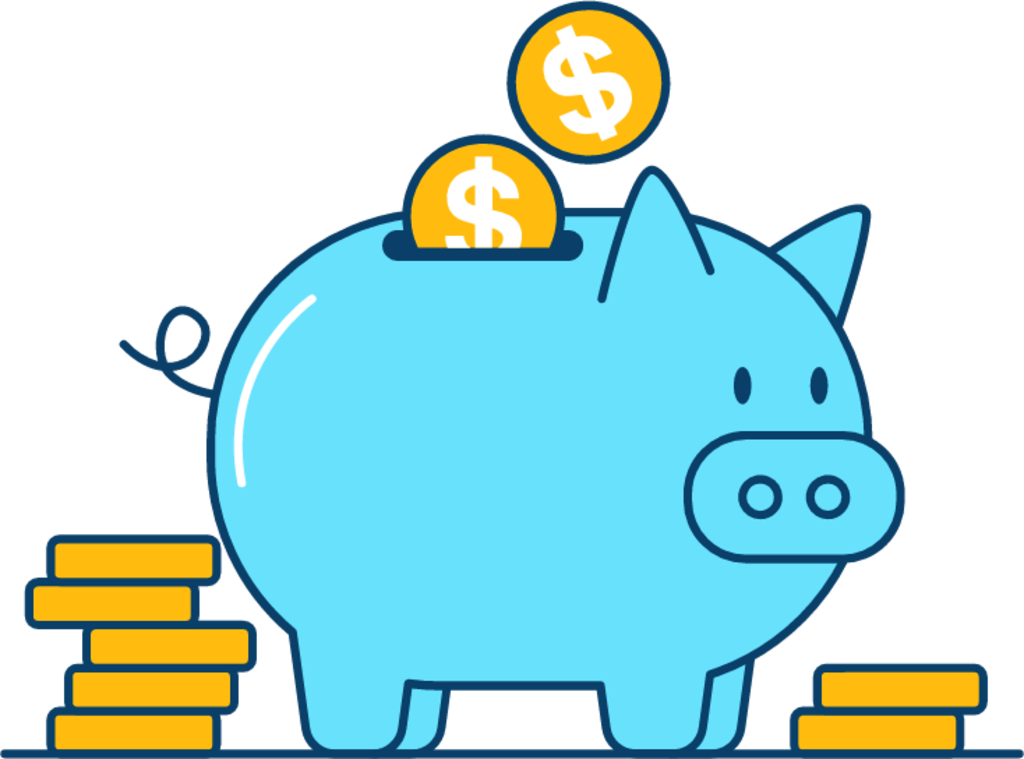1. Save
A deeper discussion on saving.
Posted October 12, 2024

This blog is a continuation of Starting Personal Finance.
The emergency fund
Life is unpredictable, and there are many things in life that can go wrong (car repairs, medical emergencies, unemployment, etc.). You need to be prepared to pay for these emergencies.
The worst thing you can do is put these emergency expenses on your credit card where the average interest rate is 24.7% (as of September 2024). That means if you put a $1000 emergency on a card (fun fact, most Americans can’t afford a $1000 emergency), you’ll have to cough up an additional $247!
Instead of going into debt, create an emergency fund by putting money into a High Yield Savings Account (HYSA), which is a type of savings account that typically pays more interest than your traditional savings account (I’ll soon go over which bank accounts to choose). Save at least 3 months of expenses, or however much you need to sleep peacefully at night.
Saving goals
You should also save for big purchases planned within the next 1-5 years. Common saving goals are gifts, vacations, a wedding, and a down payment for a house.
Similar to planning for emergencies, planning for your saving goals protects you from charging them to your credit card and going deep into debt! I’d again recommend HYSA’s for these goals.
Don’t trust these banks
If your current bank is Wells Fargo or Bank of America, FIND ANOTHER BANK IMMEDIATELY. Not only do they charge exorbitant fees, they’ve also been caught in multiple scandals where the US Government sued them for billions of dollars.
This article explains how these banks make money off of your ignorance, and this video explains why you shouldn’t bank with Wells Fargo or Bank of America.
Switch to more reputable banks like Capital One, Charles Schwab, or Ally. I’ve personally used Capital One for both checking and savings for many years.
Back to Starting Personal Finance.